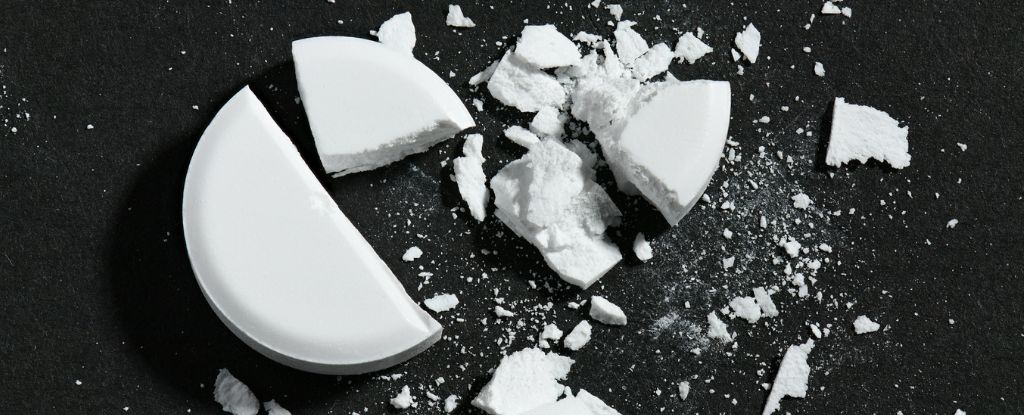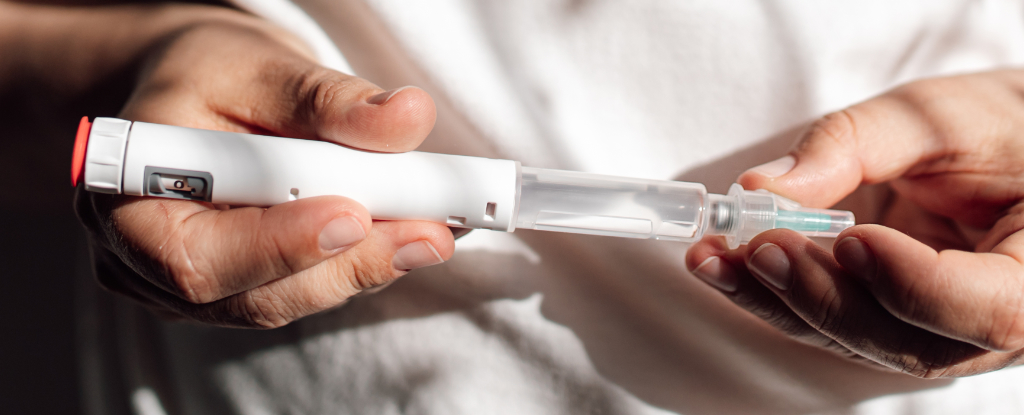Buying counterfeit painkillers in the United States has never been more dangerous.
In Rhode Island, the ongoing opioid epidemic has become a “tremendous public health crisis“. It ranks among the top ten states in the nation for drug overdoses.
Now, epidemiologists at Brown University have found initial evidence that many of the state’s accidental overdoses may be caused by contaminated pills. The results are not yet peer-reviewed, but they indicate a deeply concerning continuation of America’s opioid emergency.
In 2022, of all the counterfeit oxycodone seized by Rhode Island law enforcement, virtually every pill that scientists tested contained fentanyl – a synthetic narcotic 50 times more powerful than heroin and now claiming the lives of more than 100,000 people a year nationally.
Between 2017 and 2020, only 10 percent of fake oxycodone pills seized by the state contained fentanyl, researchers at Brown say.
That’s an incredibly steep rise for a particularly dangerous street drug – one that’s made all the more concerning by fentanyl’s regular pairing with a strong sedative: a non-opioid horse tranquilizer called xylazine, that is not approved for human use.
Of all 686 counterfeit oxycodone pills seized by Rhode Island enforcement between 2017 and 2022, 135 pills contained xylazine, and in all cases but one, these pills included fentanyl, too.
Together, fentanyl and xylazine significantly raise the risk of overdose. When used in tandem, they can cause unresponsiveness, lower blood pressure, and slow heart and breathing rates.
Today, the drug duo is linked to most of Rhode Island’s accidental drug overdoses, according to a website that keeps tabs on the crisis.
On a national level, a recent study from the US Centers for Disease Control and Prevention (CDC) found that xylazine-involved overdose deaths rose from 102 in 2018 to 3,468 in 2021.
“Although the substances identified in counterfeit prescription pills seized by law enforcement in Rhode Island generally were in the same class as the markings on the pills, fentanyl and xylazine were increasingly found in counterfeit oxycodone,” write researchers at Brown, led by epidemiologist Rachel Wightman.
While some people who depend on street oxycodone in Rhode Island may be actively looking for illicit fentanyl or xylazine, it’s likely that many do not know what they are taking. Opioid dependency often begins with legal prescriptions, before people turn to street alternatives.
It’s not just those who are buying illicitly made oxycodone pills that need to worry, either. In some regions, 90 percent of heroin samples have been found to contain xylazine and fentanyl.
Over the decades, the unfettered prescription of opioids and their wide availability in the US, driven in large part by pharmaceutical giants, has led to millions around the nation becoming dependent on the drugs for medical and non-medical reasons.
Counterfeit street drugs were originally made to mimic legal opioid prescriptions, but that quickly changed when alternative ingredients proved stronger, cheaper, and more easily sourced.
One of the biggest turning points came in 2010, when, in response to a rise in street oxycodone, the brand OxyContin was reformulated so that it could not be crushed and injected intravenously. This made the drug more challenging to obtain for many of those who were already dependent. As a result, many turned to heroin, driving a wave of accidental overdoses.
Years down the road, fentanyl and then xylazine proved to be even cheaper alternatives. Just a tiny bit was enough to achieve the same effect as other opioids.
The very same features that make fentanyl and xylazine attractive to street drug producers, however, are what make them especially risky for people who buy them.
“Most knowledge of counterfeit pills comes from community drug-checking programs, such as the use of fentanyl test strips, which have methodologic limits, or high-level government reports without comprehensive toxicology included,” write researchers at Brown.
“The disclosure of data from other states in a timely fashion is needed to inform public health interventions.”
The study was published in JAMA.





